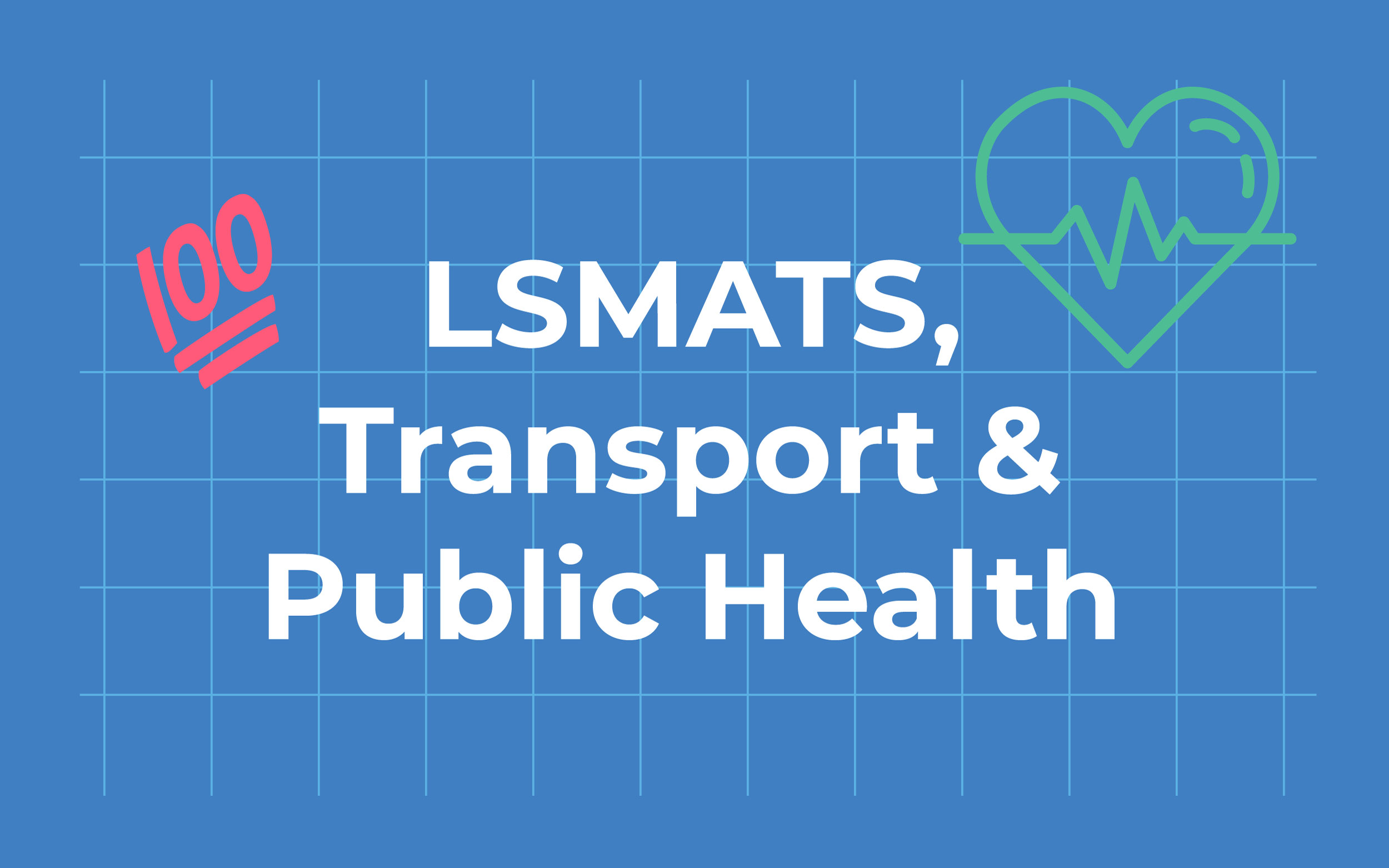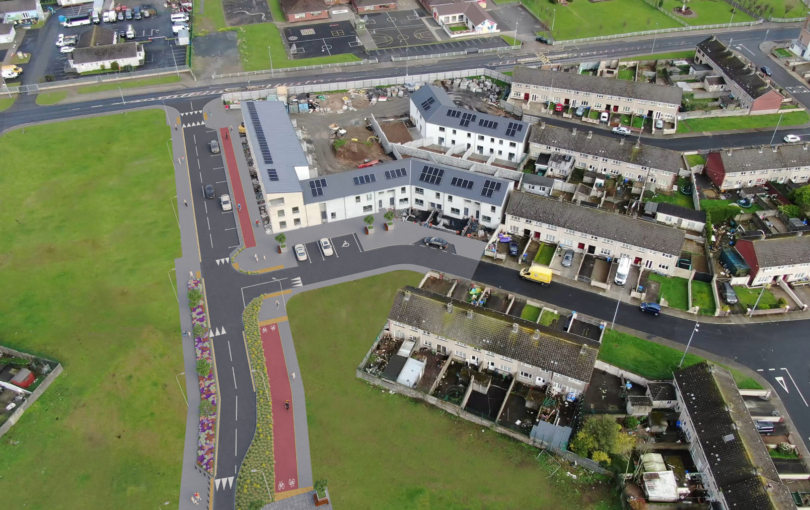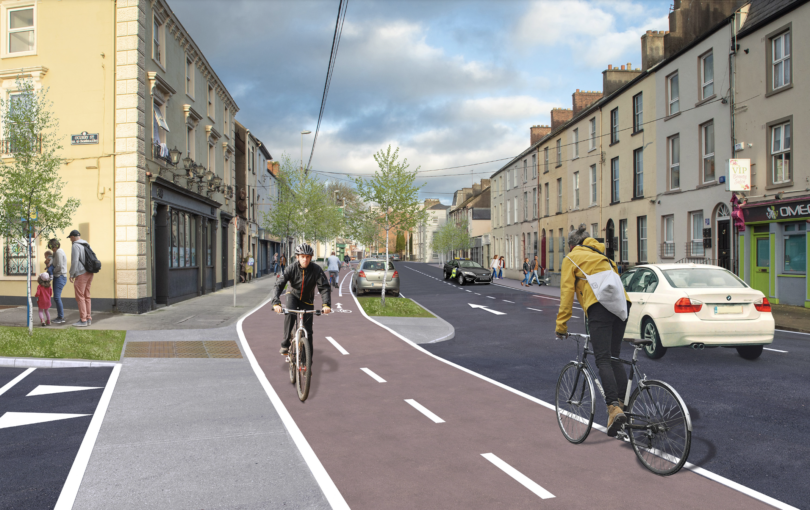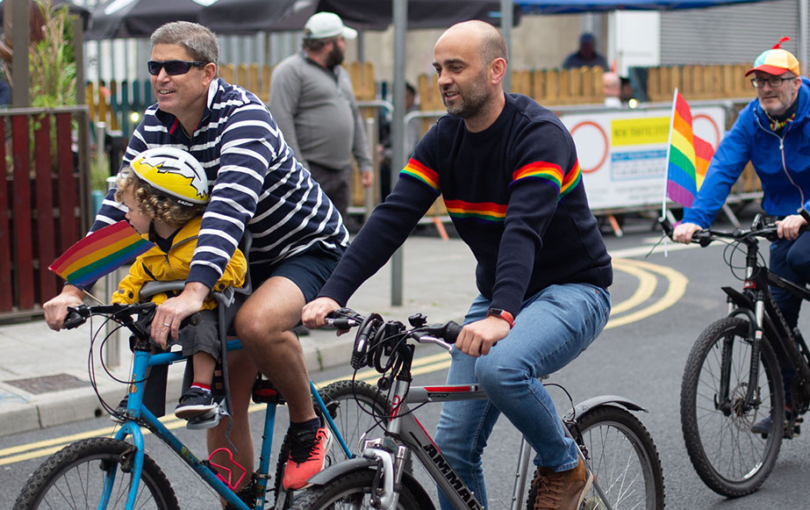Transport has a major impact on people’s health. It provides access to healthcare and other services, enables people to visit friends, family, attend school, travel to work, etc. It also links us with green spaces which are extremely beneficial for our health. On the negative side, motorised transport can make us less active, leading to obesity, severe traffic accidents and producing damaging emissions which affect our health directly and through climate change.

Issue – Public Health
The universally accepted transport and health linkages; air pollution, physical activity and injury risks are covered to some degree in the few indicators in LSMATS. However, there are no specifics on how these indicators will be delivered or measured over the course of the next 18 years. For example,
How will the positive impact on mental health be measured?
How will we know if we are reaching our target of reduced slight casualties or even if they are being reported?
How will we know in year 5 if we are on track to see an increase to 10%-15% modal share for cycling or the journey types that facilitate this increase?
Essentially how do we track results and how can we engage the public / other agencies / related services in future transport planning?
Recommendation
Limerick Cycling Campaign believes that ‘better public health’ must be a stand-alone strategic pillar of LSMATS – due to the crucial link between health and transport. Better health should underpin our transport ambitions to 2040 as our population increases and as our population ages. Also, the value of urban green space is understood now more than ever in terms of a nature-based health solution – therefore transport and projected land use planning – must consider health impact in these plans.
Issue – Target and Measure Air pollution
Measuring pollution informs us of the key health risks of transport systems, however, the reader has to reach page 47 before there is any reference to air pollution. We know that transport-related air pollution contributes to an increased risk of death and life-lasting health conditions. Ireland has the fourth highest asthma rate in the world and in Ireland, Limerick has the highest asthma rates. Asthma is the most common respiratory disease in Ireland. An average of 150 children in every 100,000 are diagnosed with asthma in Ireland annually. In Limerick 220 children in every 100,000 children are diagnosed with asthma.
The research tells us that efforts to reduce NO2 exposure could help prevent a substantial portion of new paediatric asthma cases in both developed and developing countries, especially in urban areas. Therefore transport-related air pollution and efforts to reduce it should also inform much of the discussion within LSMATS, however, that is not evident in the current draft. Whilst we recognise that the ambition is to reduce air pollution by 82% in NOx over the lifetime of the plan, there is no delivery mechanism identifiable in LSMATS.
Recommendation
Transport-related air pollution is a widespread public health issue and action needs to be taken in our transport strategies across the country to improve traffic pollution which relates to a wide range of other adverse health outcomes. Therefore traffic emissions should be a target for exposure-mitigation strategies, which should be clearly defined and measured on an annual basis. The role that schools play should also be included and how different strategies like Safe Routes to School will collect data to determine effectiveness at school gates and other heavily polluted environments.
Issue – Improve Accessibility to the City
The Limerick Cycling Campaign are concerned that it will be increasingly difficult to comprehensively assess the performance of the strategy in specifically improving public health without built-in targets and a tangible process for delivering outcomes as identified in transport strategies across the globe. For example in Bristol and Manchester – transport strategies are defined by their data collection via two different types of indicators; customer responses on the demand side and operational indicators on the supply side. Both types of data are required to ensure that actions are happening according to the plan in real-time, i.e. the local authority is delivering on the ground in real-time. Ultimately in Manchester, transport users are asked via a variety of different modes, if the transport system encourages them to travel in an environmentally responsible way or to walk and cycle as part of their daily trips. It asks questions about the ease of access, affordability, the concept of fair fares, noise pollution and how clean/hazardous their local environment is. They use neighbourhood surveys (3,000 participants), multi-modal surveys (over 7,000 participants), fares surveys (4,000 participants) travel diaries (2,500 participants annually) and many other ways of collecting data to measure effectiveness and accessibility.
Recommendation
There are no metrics to measure how accessible or inclusive the transport system becomes. This is key in the context that LSMATS recognises that regen areas within the metro area are ‘severed’ from the city centre impacting employment and education opportunities. 50% of people that live in these areas do not own a car and yet as LSMATS sets out ‘these spaces are predominantly designed for maximum speed’. How / when will this change and what engagement will take place? In our previous submission, LCC advised that LSMATS must include an accessibility strategy and means for further stakeholder engagement. This is vital in the regeneration areas.
Issue – Healthy Cities Movement
LCC believes that Limerick should be involved in the Healthy Cities Index with the ambition (similar to Belfast and Cork) of becoming a member of the Healthy City Movement. Healthy Cities take a human approach to development prioritising health in the social, economic and political agenda. To become a Healthy City – the city must measure health indicators and outputs, including those impacted by transport and make a commitment to health and a process and structure to achieve it.
Recommendation
Prioritise becoming a Healthy City with an approach that seeks to put health high on the political and social agenda of Limerick to build a strong movement for public health at the local level. Successful implementation of this approach requires innovative action addressing all aspects of health including transport systems.
Issue – High Capacity Corridors
UHL is one of the main trip generators on a high capacity corridor as defined in LSMATS. Over 6,000 staff work at UHL. Staff parking is a significant pressure point in UHL and correspondingly staff and patient safety. Some staff report waiting up to an hour to exit the campus at certain high volume times. On any given day, there are vehicles parked on footpaths, limited green areas, in loading bays, emergency areas, etc. Therefore LCC recommends developing a ‘keyworker corridor’ between the city and UHL that would encourage more staff in UHL to walk and cycle safely to work. Keyworker corridors have been developed elsewhere since Covid-19 to great effect. In Leicester, the keyworker corridors developed during Covid-19 lockdown, have since been made permanent with modifications for emergency vehicle use. They are a great way to test concepts and have encouraged people to cycle more.
UHL is a key place of employment but also the main acute health facility for the metro area. To increase capacity in terms of cycle infrastructure between the city centre and UHL is supporting a significant staff issue on site but also promoting better health and making the health centre a safer and more peaceful service to have to spend time in. It’s also worth noting that when maternity services move onsite in UHL over the coming 5 years, the volume of staff and consequently desired parking will increase significantly. Therefore LSMATS must plan for future demand scenarios such as this one and make alternative transport options a reality for those staff that want to cycle to work, but currently cannot due to lack of infrastructure.
Recommendation
Develop as a matter of urgency a key worker corridor between the city and UHL to support workers that travel to UHL (and the Raheen Industrial Estate) on a daily basis. Consider other high capacity routes that take in large educational institutions and place of work and enterprise.
The Limerick Cycling Campaign has collated its observations on the second draft of LSMATS under the following headings
The second and final draft of LSMATS is open for public consultation until Friday 10th of June 2022
- LSMATS needs stepped targets and an effective monitoring regime
- LSMATS needs to do more to meet climate goals
- LSMATS Transport and Public Health
- LSMATS Education and Schools
Making a Submission is easy, you set up an account and make a submission here


